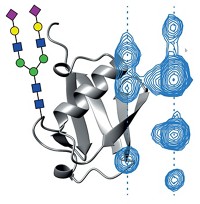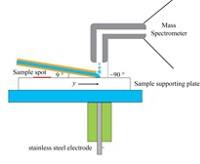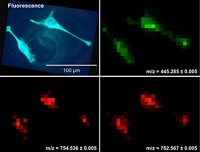Advertisement
Grab your lab coat. Let's get started
Welcome!
Welcome!
Create an account below to get 6 C&EN articles per month, receive newsletters and more - all free.
It seems this is your first time logging in online. Please enter the following information to continue.
As an ACS member you automatically get access to this site. All we need is few more details to create your reading experience.
Not you? Sign in with a different account.
Not you? Sign in with a different account.
ERROR 1
ERROR 1
ERROR 2
ERROR 2
ERROR 2
ERROR 2
ERROR 2
Password and Confirm password must match.
If you have an ACS member number, please enter it here so we can link this account to your membership. (optional)
ERROR 2
ACS values your privacy. By submitting your information, you are gaining access to C&EN and subscribing to our weekly newsletter. We use the information you provide to make your reading experience better, and we will never sell your data to third party members.
Analytical Chemistry
Imaging Plant Imprints
Imprinting plant material on a porous Teflon surface allows researchers to use mass spectrometry to image secondary metabolites in soft plant tissues.
by Celia Henry Arnaud
April 25, 2011
| A version of this story appeared in
Volume 89, Issue 17
Indirect desorption electrospray ionization (DESI) mass spectrometry can be used to image the distribution of secondary metabolites in soft plant tissues, such as leaves and petals, Danish scientists report (Anal. Chem., DOI: 10.1021/ac2004967). These small molecules are difficult to image because the waxy outer layer of plants hinders conventional mass spectrometric imaging. Instead of trying to obtain images directly from plant tissue, Christian Janfelt and coworkers at the University of Copenhagen collected mass spectrometric images of various metabolites in plant material imprinted on a porous Teflon surface. In St. John’s wort, for example, they imaged the distribution of hyperforin and hypericin in the plant’s leaves and petals. “The experiment preserves the simplicity of DESI imaging, and the sample preparation is a simple transfer step,” says R. Graham Cooks, a chemistry professor at Purdue University and one of the inventors of DESI. “The fact that leaf material is difficult to image because of the waxy overlayer makes this simple method very attractive.”





Join the conversation
Contact the reporter
Submit a Letter to the Editor for publication
Engage with us on Twitter